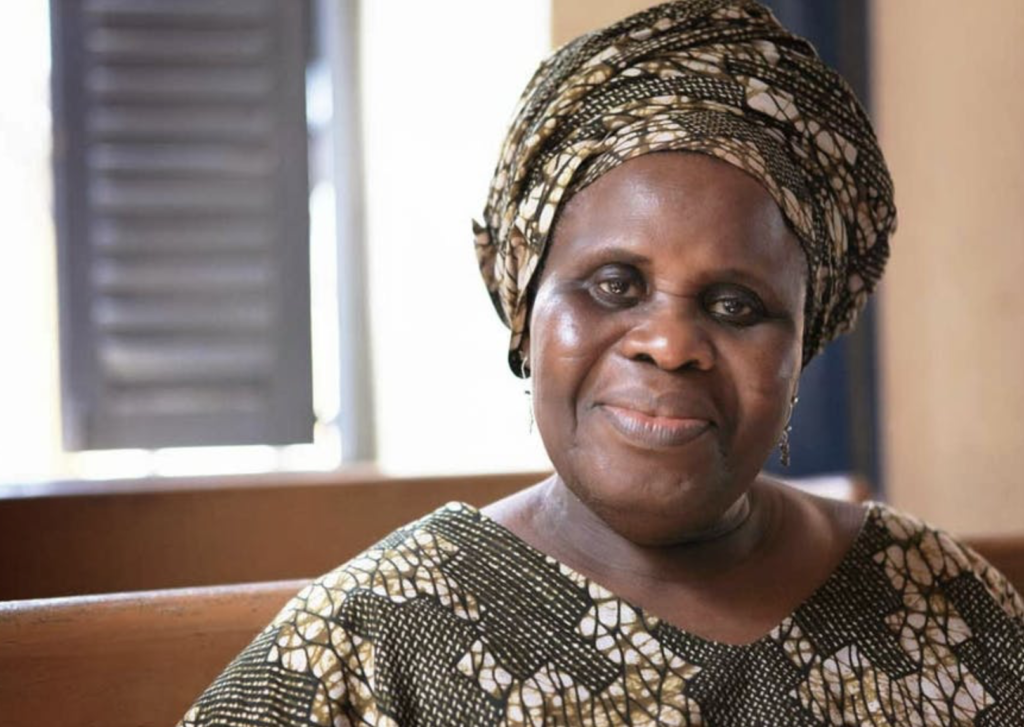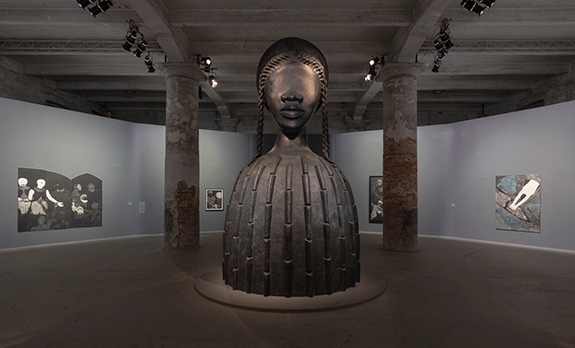ARTS, STYLE & ENTERTAINMENT
This is YOUR lifestyle gallery – of what is new and what is happening in the U.S. And the Black World, not excluding Africa. For this section if you have any news we should know about – let us know at: [email protected]

Ama Ata Aidoo
By Bibi Burger
In recent years, philosophers and other thinkers have been rethinking how we see humanity and its place in the world.
Seeing people as separate from or above all other beings would lead to an overuse of resources and violence against other creatures.
What would such a way of thinking look like? One answer, I’ve suggested in a recent analysis, can be found in the Ghanaian author Ama Ata Aidoo’s short story Nowhere Cool.
The story was originally published in 1974 in the journal Asemka. A restructured version was published in the journal Callaloo in 1990 and was included in Aidoo’s short story collection The Girl Who Can (1997).
Nowhere Cool is less well-known than Aidoo’s other works (such as her novels Sister Killjoy and Changes: A Love Story). On reading it, I was immediately interested in how it foregrounds the relationships between human and non-human objects, rather than things like storyline and character which drive more traditional short stories.
Human and non-human objects
Nowhere Cool consists of two parts. The largest part takes place on an aero plane flying from New York to the west coast of the United States of America. The story’s Ghanaian protagonist, Sissie, is in the US for a fellowship. On the flight she thinks about compromises she had to make in order to take up the fellowship, including leaving her husband and two young children behind. Prompted by a plastic address label pinned to the baby of the white woman sitting next to her, she starts to think about the label as object, plastic as a material, and its link to oil. This leads to thoughts on the extractive economy based on oil and cotton. Her thoughts turn to slavery and how slavery turns humans into inhuman cargo.
Most of Nowhere Cool is written in the third person and refers to Sissie as “she.” The first two paragraphs are written in the first person. This section depicts a schoolgirl sitting in an English literature classroom feeling like she could “never understand or cope with” aspects of the class. The schoolgirl, who is presumably also Sissie, is here called Sarah – an anglicized name perhaps chosen by the teacher, Miss Jones. Sissie is unable to take on the persona of “Sarah” expected of her in the literature class and read the prescribed text from a Eurocentric perspective.
While the classroom (presumably situated in humid Ghana) is warm enough to heat “great grandmother’s bath water, the students read about carriages getting stuck in the snow.” This makes “Sarah” feel sleepy, “So I would just sit like a stone, my eyes wide open but staring at nothing, while my thoughts wandered around familiar things that were being chased away by the demands of the culture of our conquerors … ”
Embodiment and identity
This is a story about how humans see and interact with non-human objects. In the main body of the story, it is a plastic tag that sets Sissie’s thoughts running in a certain direction. In paragraphs set in the classroom, the literature that Sarah interacts with is one such object, but also the objects depicted in the text – the carriages getting stuck in snow.
In both sections the characters’ relationships with objects are influenced by other aspects of their identity and embodiment. Sissie and Sarah are not “neutral” humans, and their relationships with the objects are not the same as everyone else’s would be. Those relationships are influenced by their specific identities as Ghanaian women, and Ghanaian women with a specific politically informed worldview.
Sissie’s linking of plastic to extractive processes and the extractive exploitation of West African people enslaved and taken to America illustrates the specificity of her relationship to the non-human.
Similarly, Sarah’s frustration with the story about the snow-stuck carriages indicates how she is alienated by western cultures’ imposition on her own, and how they change her relationship to the world around her. She talks about
“familiar things that were being chased away by the demands of the culture of our conquerors.”
Aidoo wrote the story long before today’s debates about the relationship between the human and the non-human. Yet it illustrates the possibility of centralizing the non-human rather than the human, and still recognizing the differences between humans and the existence of a history in which some humans are dehumanized.
The 59th Venice Art Biennale will feature 79 national pavilions alongside the International Exhibition, which will present almost 1,500 works by 213 artists – the vast majority of whom are female and including many who are participating in the Biennale for the first time. Interspersed with contemporary works will be five “time capsules” displaying unseen and historic works and objects, and three pavilions of special note to the readers of The African Times/USA. Nine the Pavilions represent Africa: Cameroon, Egypt, Ghana. Cote d’ Ivoire, Kenya, Namibia, South Africa, Uganda and Zimbabwe.
Your comments, ideas, and thoughts matter.
Drop us a line:
